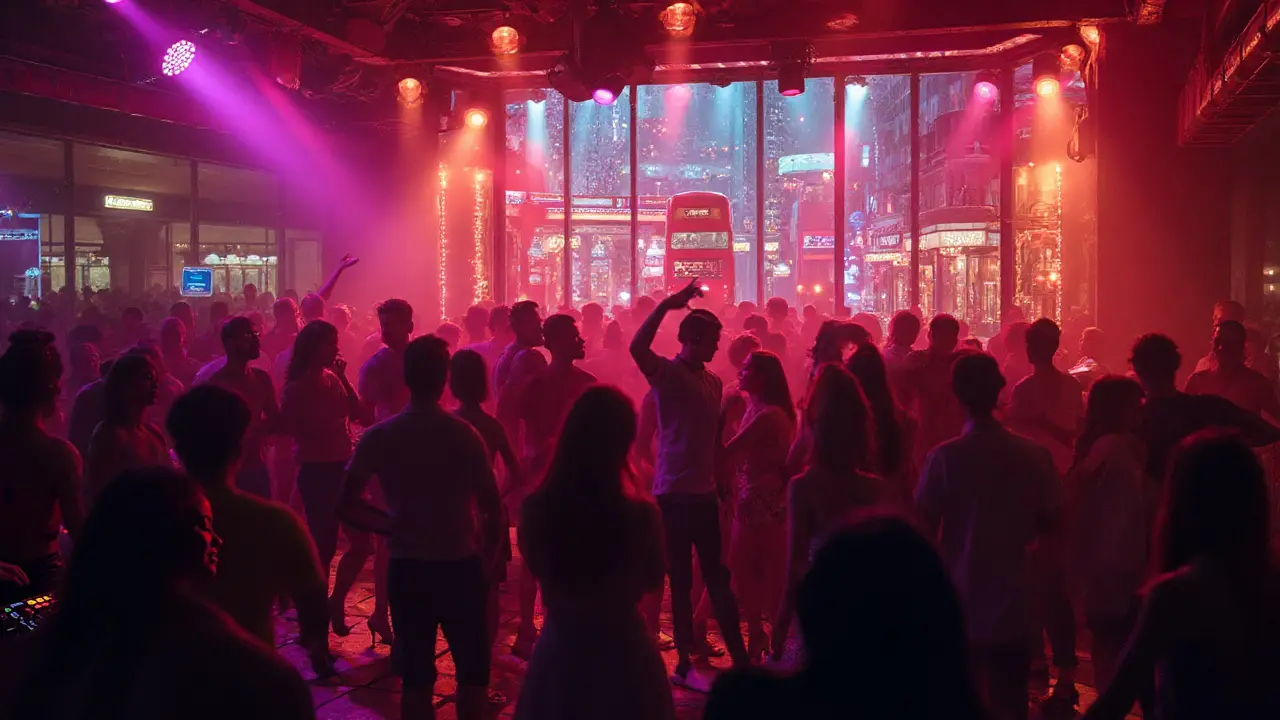
Key Points
- London boasts a rich and varied nightclub scene, suitable for every taste and budget.
- From legendary institutions like Fabric and Ministry of Sound to intimate, underground venues in Shoreditch, there's truly something for everyone looking for a night of non-stop dancing.
- Most clubs in the city open late and close just as the sun rises, attracting a diverse crowd from all over the world.
- Expect strict dress codes, door policies, and a vibrant mix of world-class DJs and themed parties.
- Understanding peak nights, ticket pricing, booking tips, and safety can turn an average clubbing night into something unforgettable.
Direct Answer
Looking for a nightclub in London where you can dance until sunrise? Head to famous clubs like Fabric, XOYO, or Ministry of Sound for all-night dancing, incredible music, and a diverse, high-energy vibe. Book your tickets online, follow the dress code, and be ready for an unmatched party experience from dusk till dawn.
Comprehensive Guide to London's Nightclub Scene
Nights in London don’t end; they morph. The city pulses under strobing lights until the morning, making it a paradise for night owls. Fancy sharing a midnight dance with strangers who could easily become friends? London’s got you. With neon signs lighting up the streets in Soho, Shoreditch, and Camden, the city has a reputation for wild nights you won’t soon forget. Picture yourself stepping into a club at 11 pm, hearing the first beat drop, and stepping back out, sunglasses on, at 6 am as the city wakes. That's the draw: you can dance until the sun rises and feel completely alive. Whether it’s sipping cocktails in the cool, warehouse-style venues of East London or losing yourself to techno beats in packed rooms, the choice is endless. Queueing outside in the chill night air is almost a rite of passage, but there’s a thrill in knowing once inside, the world is just you, the pounding music, and a thousand dancing feet. This scene isn’t just about music—it's a mash-up of style, freedom, and creativity. Every corner hides a club with a unique flavour, from LGBTQ+ friendly spots to low-key disco basements and thumping superclubs that host global DJs weekly. You’ll catch regular guest spots from world-renowned names—think Pete Tong, Peggy Gou, or Kerri Chandler—and themed nights that turn the dance floor into an otherworldly playground. And the after-parties? Sometimes, they’re even more legendary, happening at secret locations announced only to the lucky few. For anyone craving connection, fun, and a taste of London’s nocturnal soul, the nightclub scene is impossible to beat.
Definition and Context – What Is a Nightclub & Why Does London Thrive?
At its core, a nightclub is a late-night entertainment venue offering music, dancing, and drinks. But in London, it’s more than that—it’s an escape from the regular routine. Think of it as a temporary playground where you can dance out your worries, dressed up or dressed down, in the company of good friends or like-minded strangers. London’s reputation for clubbing was cemented in the ‘90s when dance music exploded across the UK. Iconic venues popped up across the city, and its legendary underground party scene caught the eye of clubbers around the globe. Today, the city still leads the way. There’s no single "London sound"—you’ll catch everything from house and techno to hip-hop, reggaeton, and drum and bass. And the crowd? London’s diversity is baked into its clubs. Side by side, you’ll see people from every corner of the city—and the world—dancing together. The nightlife industry in London is massive. According to UKHospitality, nighttime economy venues brought in over £46 billion in 2024, with nightclubs making up a significant slice. London alone is home to more than 250 registered clubs and hundreds of pop-up and underground events. Weekends see the most action, but midweek nights can surprise you with student specials or international DJ tours that turn a Tuesday into a mini-festival. This city never really sleeps; there’s always a dance floor waiting. Whether you see yourself as a glowstick-waving raver, a cocktail sipper, or someone who loves people-watching under disco balls, you’ll find your place here.
Benefits of Going to Nightclubs in London
The first obvious perk? The music. London brings the world’s most creative DJs and pushes every boundary, so every night can sound completely different. Think back to times you heard a remix for the first time or found yourself shouting lyrics with new friends. That’s what makes nights magical. Plus, people-watching here is world-class—outfits range from designer clubwear to wild costumes and understated street fashion. Another win: nightclubs give you space to blow off steam after a long week or celebrate something big. Dancing is a proven stress-buster—just thirty minutes of letting go on the dance floor can erase a stressful day. For singles, clubs can be the perfect spot to meet someone without awkward online intros. For couples, they can mean a date night that’s way more exciting than just grabbing dinner. Clubs also lead the way for inclusivity in the London scene. Many venues proudly fly the rainbow flag, create safe spaces, and have zero tolerance policies for harassment. Feeling comfortable and welcome? That’s half the fun. Fancy hearing a fun stat? Ministry of Sound clocks nearly 350,000 visitors a year, and Fabric pulls in nearly the same, making them some of Europe’s busiest clubs. Regulars say every night is different—from surprise guest DJs to spontaneous dance-offs and even celebrity sightings. And if you’re keen to explore, themed nights can catapult you into a whole new world. Expect everything from 80s nights to K-Pop takeovers, with decor, acts, and drinks to match. Not all clubs are alcohol-focused either—you’ll find spots with mocktail bars, juice stands, and chill-out areas. Finally, the sheer energy is contagious. There’s nothing quite like the shared thrill of a crowd going wild for a beat drop—everyone’s joined by the music, and the rest of the world sort of disappears.
Types of Nightclubs Available in London
London’s nightclub scene is a patchwork quilt—each club adds something different. Superclubs like Fabric, Ministry of Sound, and Printworks are mammoths, often hosting thousands across several rooms with different music styles. Fabric in Farringdon is famous for its vibrating "bodysonic" dance floor and all-night techno marathons. Printworks stands out for its repurposed printing factory setting—a cavernous space with sky-high ceilings and jaw-dropping laser shows. XOYO in Shoreditch mixes up mainstream and underground nights, while Egg London draws serious party connoisseurs for house and techno. Then there are boutique and themed clubs. DSTRKT and Cirque le Soir, both in Soho, are known for their glitzy décor and VIP guestlists, often attracting celebrities. If you’re looking for LGBTQ+ vibes, Heaven in Charing Cross is iconic, with wild drag shows and packed dance nights. Dalston Superstore is equally beloved for its queer-friendly parties. Prefer something a bit more off the beaten path? Look for clandestine, pop-up raves in warehouses across Hackney Wick, or tiny disco dens tucked away under railway arches. Jazz Café in Camden and The Garage in Islington cater to eclectic music tastes—expect everything from indie to funk, with dancing well into the night. Student nights are big at spots like Tiger Tiger and Cargo, offering affordable entry and drink deals for those on a tighter budget. Many clubs now also dedicate nights to the over-30 crowd, parties for sober ravers, and even vinyl-only DJ nights for music purists. Some clubs host "brunch-to-dance" weekends, where daytime brunch flows right into a full-on night party. The city’s nightlife is also great for themed events—expect 90s throwbacks, masquerade parties, and even silent discos, where everyone’s grooving with headphones. There are also multi-use spaces like Phonox and Village Underground, which easily transform from live gig venues into wild party spots by midnight. Each area of London has its stars: Brixton’s Electric Triangle thrums with energy, Shoreditch brims with hipsters, and West End clubs hold classic glamour. For anyone who cannot decide? Hop between a few—night tube services and plenty of cabs mean your night is only limited by your energy.
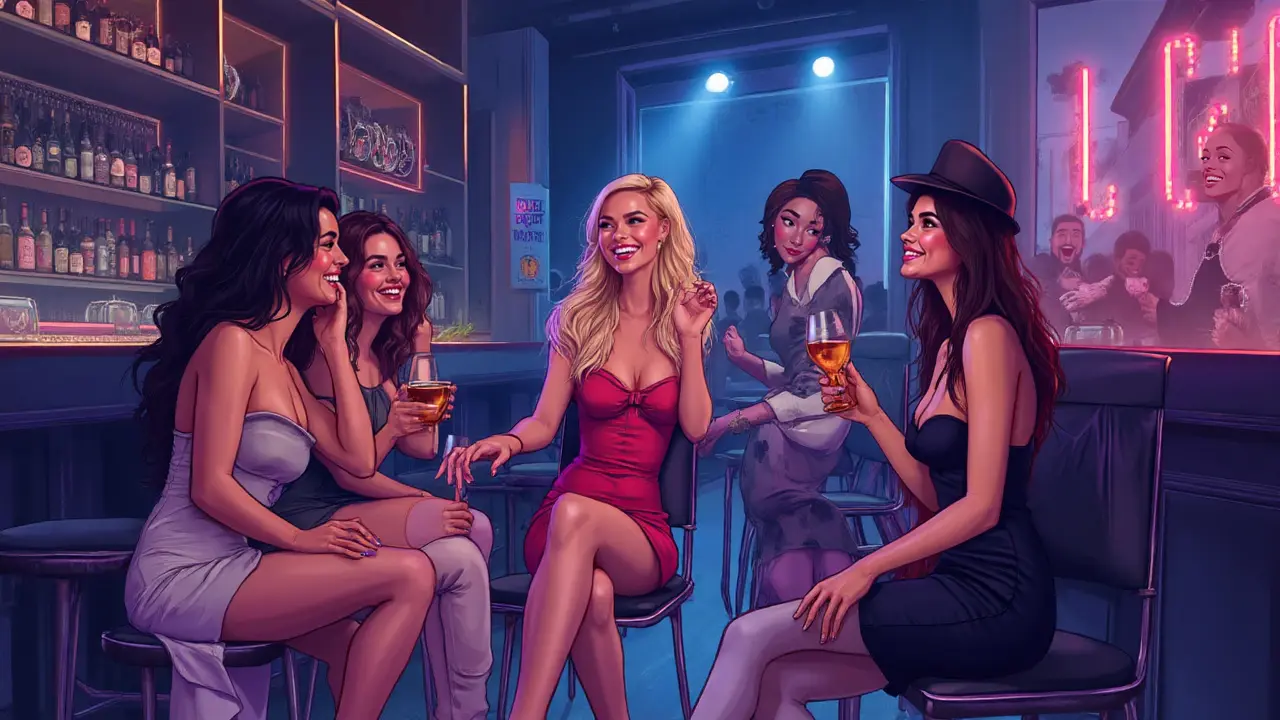
How to Find Nightclubs and Clubbing Services in London
Finding your dream club night isn’t rocket science but there are tricks to making it unforgettable. First up, start with popular apps like RA (Resident Advisor) and Dice. These offer line-ups, ticket options, and real-time party updates. Use Google Maps or Apple Maps to get reviews, directions, and even live club capacity info during busy weekends. Instagram is your secret weapon for spotting what’s trending—follow club accounts like FabricLondon and XOYO London for surprise events. For quirky pop-ups and underground nights, check listings on platforms like Londonist or Time Out London, which cover everything from glitzy openings to secret parties. If you love spontaneity, head to hubs like Soho, Shoreditch, or Peckham and just follow the sound—these areas always buzz with life, and friendly promoters are often handing out flyers and guestlist passes on the street.
- Pre-book tickets online, especially for big weekends or special guest DJs. Door prices can be higher, and you’ll skip those snaking queues.
- For club-hopping, plan your route—many clubs sit within walking or quick cab distance from each other, especially in Central and East London.
- Want a table or VIP? Book ahead by messaging the club directly through their site or social media.
| Club Name | Music Style | Typical Hours | Location | Average Cover (£) |
|---|---|---|---|---|
| Fabric | Techno, House, DnB | 11pm–7am | Farringdon | £25 |
| Ministry of Sound | House, EDM | 10pm–6am | Elephant & Castle | £20 |
| XOYO | Mixed, Guest DJs | 10pm–4am | Shoreditch | £18 |
| Heaven | Pop, Dance | 10pm–5am | Charing Cross | £15 |
| Printworks (seasonal) | Techno, Live Shows | 2pm–11pm | Canada Water | £35 |
What to Expect During a Nightclub Session
Step inside, and you’ll immediately notice the pulse—music vibrating through your bones, a crush of scents from sweet perfume to smoke machines, and the feeling that you’ve left the regular world behind. Queueing can take time, especially after 10 pm, and expect to show ID. Most venues operate an over-18s policy, with tighter checks on bank holidays and peak weekends. Once inside, the rules are pretty simple: drink, dance, and dive head-first into the music. Dance floors can get wild—a mix of lasers, visual projections, and an endless sea of hands in the air when the DJ drops a beat. If you’re after conversation or a break, chill-out bars and rooftop terraces at spots like Queen of Hoxton are perfect. Drinks are pricier than your local, with pints of beer starting at £6 and cocktails ranging from £10 to £20, but clubs often run deals early in the night. Cloakrooms are available but can get crowded, so keep essentials to a minimum. Expect a mixed crowd, with people from every possible background, and don’t be surprised if you spot a celeb—London’s music and fashion icons love a good party too. Staff are friendly but keep an eye on your drink and watch for your mates. Club photographers roam the crowd for candid shots, and good times are almost guaranteed. Each club features a slightly different set of rules: some have themes or ask you to dress accordingly (think glitter, neon, or even costumes), and the music can shift genres room to room. Bathrooms are usually clean but peak after 2 am. When you feel the floor vibrating or the crowd surges, that’s when you know you’ve landed in a legendary moment. The music doesn’t stop until morning, and there are always options for a late-night meal nearby—trust me, the 4 am chicken shop runs are classic. If you still have energy, some nights roll straight into after-parties, with a few hardcore ravers keeping the dance alive until noon. Leaving a club in London at sunrise is almost spiritual; you step out, blinking into new light and knowing you just danced your soul out in the best city in the world.
Pricing and Booking in London Nightclubs
London clubbing doesn’t have to break the bank, but costs do add up, especially at major venues. Entry fees depend on the club and event, ranging from free up to £40 for special nights or top-tier DJs. Buying tickets in advance via sites like Resident Advisor, Dice, or directly on club websites guarantees the best rates and saves you from the heartbreak of sold-out nights. VIP tables and booths can range from £200 to well over £2,000, depending on the night and what comes included (usually bottles and mixers). Drinks pricing varies, with mainstream beer and basic spirits starting at £6–£8 and cocktails averaging £12–£18. Cloakrooms typically cost £2–£5 per item. Most clubs accept cards, but it's handy to bring cash for small charges or in case tech fails during early hours. You’ll often find tiered ticketing: early bird, standard, and late-release tickets, so booking early means more cash for post-clubbing snacks. Some nights are guest-list-only, so make sure your name is down—most clubs post guestlist instructions on their socials. Many clubs wave the cover charge if you arrive before 11 pm—perfect for those wanting to maximize dance time. For big clubbing weekends, ticket resale platforms like Twickets or trusted forums sometimes help score last-minute spots, but avoid scalpers at all costs. Some venues now trial digital wristbands for drinks and entry—download the club’s suggested app before you go, and save yourself hassle at the bar. Weeknight discounts and birthday freebies (like queue-jump or drink tokens) are smart hacks if you’re celebrating.
Safety Tips For Clubbing in London
London clubs take safety seriously, but there are things everyone should do for a safe night. Always keep your drink with you—never leave it unattended—or use drink lids handed out by most venues. Agree on a meetup spot with mates, as mobile signal can often fail inside. If you’re taking public transport home, stick to well-lit stations, and use trusted cab apps like Uber or Bolt. Police presence around clubs is common, especially in Soho, and club security is quick to deal with bad behavior. If something feels off, find a staff member—many clubs now have a “Ask for Angela” policy, meaning you can quietly ask staff for help and they’ll assist without making a scene. Carry ID and a contactless card—no club will let you in without proof of age. Keep cash for emergencies, but don't bring valuables you wouldn’t want to lose. Know your limits with alcohol or other substances. Never accept lifts home from strangers—always stick to black cabs, app cars, or share rides with friends. If you’re allergic to anything, carry what you need—EpiPens, inhalers, etc.—as clubs can get crowded and stuffy. Save the venue’s details to your phone in case you get separated from your group, and make sure your phone is charged. Girls—comfortable shoes are your best friend (after about 1 am, the dance floor is full of barefoot party legends!). Pay attention to club notices—if something’s trending (like pickpocketing or contested taxi areas), the club and local news will warn guests. Most importantly, look out for each other and never hesitate to step out for air or rest. Your night should be about making memories, not regrets.
Comparison Table: Nightclubs vs. Bars in London
| Feature | Nightclubs | Bars |
|---|---|---|
| Main Atmosphere | High energy, dancing, loud music | Social, relaxed, music as background |
| Hours | 10pm–6am (often later on weekends) | 4pm–2am (rarely open past 3am) |
| Dress Code | Strict/Trendy | Casual to smart-casual |
| Entry Fee | £0–£40 (average £20) | Rarely, sometimes for special events (£0–£10) |
| Music Focus | London nightclubs hire DJs/live acts | Playlists or live bands |
| Crowd | Younger, mixed, party-focused | Wider age range, social meetups |
| Main Activities | Dancing, drinking, socializing | Chatting, drinking, games |
| Food Options | Usually snacks only | Often full menus |
FAQ: Your Questions About Nightclubs in London Answered
- What time do London nightclubs close?
Most clubs close between 4am and 7am, but after-parties can go well into the next day on weekends. - Is there a dress code?
Yes! Smart, stylish, or themed – trainers are sometimes allowed, but avoid shorts or sportswear. Check before you go, as some are stricter than others. - Do I need ID?
Absolutely. Bring a government-issued ID – no club will let you in without it, and photocopies won’t work. - Can I buy tickets at the door?
Often yes, but it’s safer (and usually cheaper) to buy online. Top events regularly sell out days in advance. - Are clubs safe for solo partiers?
Yes, but use basic safety tips—watch your drink, check in with staff if unsure, and always plan your way home in advance. - Do you have to be 18?
Yes, in the UK clubbing is strictly 18+ and you’ll be asked for ID even if you look older. - Are there non-alcoholic options?
Definitely. Most London clubs serve mocktails, soft drinks, and juices, and water is free at the bar by law.
Ready to dance until sunrise? Snap up your tickets, assemble your squad, and get ready for a night out where time honestly just melts away. Don’t wait – London’s nightclubs don’t just open their doors, they open up possibility. See you under the lasers!


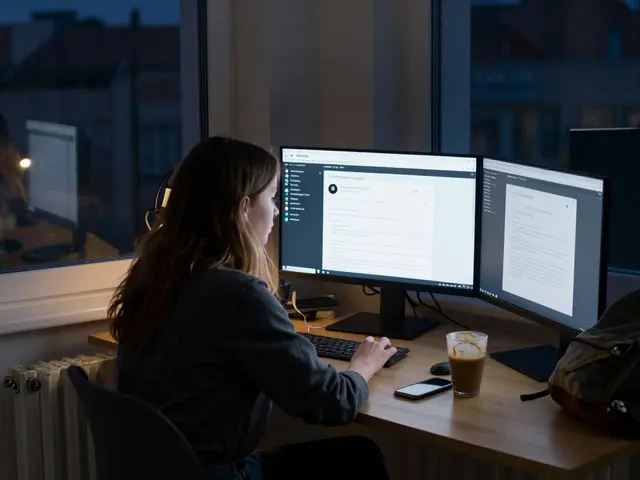
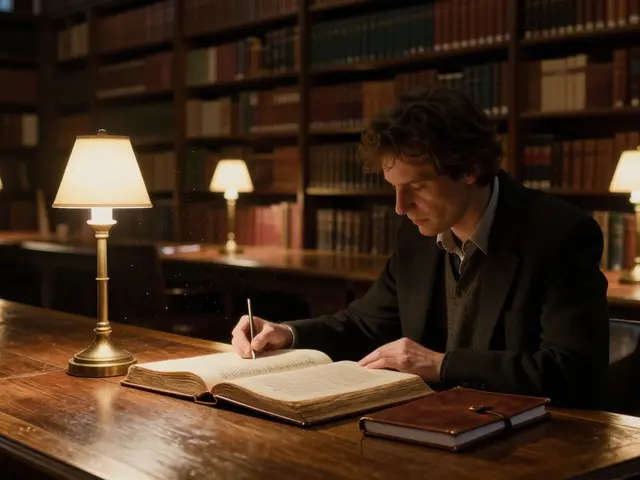

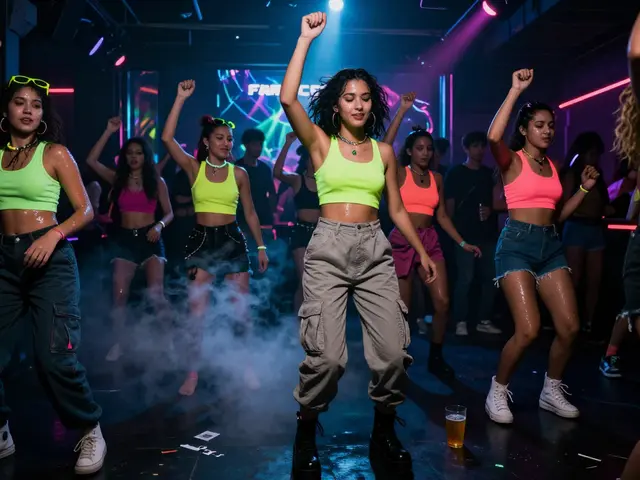
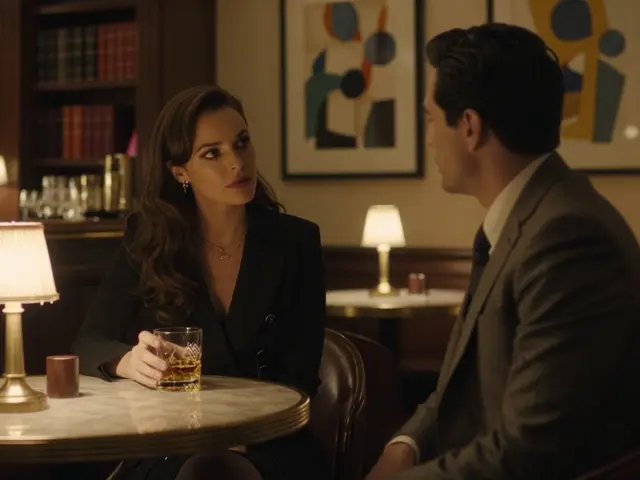
10 Comments
London's nightlife is really something else, and this guide nails the vibe! The bit about safety tips is super important, especially if you're new to the scene or visiting from abroad.
I’d add that sticking with friends or using rideshare apps you trust can make a huge difference in feeling secure. Also, budgeting for costs upfront helps because those drinks and cover charges can definitely add up by sunrise!
And man, there’s nothing quite like the energy of a dance floor pulsing through the night. This guide captures that buzz perfectly!
/p>While I appreciate the enthusiasm, it would behoove one to consider the logistical and economic ramifications of such nocturnal escapades. Indeed, the notion of 'dancing until dawn' necessitates acknowledging not only the physical stamina required but also the financial outlays involved.
Furthermore, the guide's cursory mention of safety would benefit from a more rigorous delineation of potential hazards one might encounter amidst London's myriad establishment types. A comprehensive analysis of local ordinances related to nightclub operations could further elevate the utility of this piece.
In summation, I remain hopeful that prospective club-goers temper their exuberance with judicious preparation.
/p>Honestly, if you're coming to London expecting just a frivolous party scene, you're missing the point. There's a distinct culture and an art to clubbing here, which this guide only superficially addresses.
Moreover, proper etiquette and respectful behavior are paramount to maintaining the integrity of these venues. It’s baffling that costs and safety were mentioned so lightly; understanding the socioeconomic dynamics at play is essential.
Everyone should approach the scene not just as a consumer but as a participant in a complex social ecosystem. Anything less is irresponsible.
/p>Yeah, the whole guide is nice and all, but safe partying should come first, obviously. Also, be cautious about your limits—sometimes people get carried away just 'cause the night’s young. Spoiler alert: it’s not.
The vibe’s great, but it’s just as great when you remember there’s a morning after. Drinking water, pacing yourself—it isn’t just old advice; it works.
Still, nothing beats that feel of a bass drop with everyone moving in sync. London knows how to deliver on that.
/p>Honestly, I don't get all the hype about London's nightclubs. Sure, they’re popular and all, but it feels like the same old clubbing experience you get in any big city. I mean, dance floors, drinks, and loud music? Groundbreaking.
The guide basically boils it down to a tourist checklist without diving into what actually sets London apart. Is it worth all the fuss? Meh.
But hey, if you want to dance until dawn and pay premium prices, London might just be your scene.
/p>lol talking about safety n costs, but so much of that bs experience depends on who u know and where u go. Not every club even cares about rules to begin with, so good luck.
Also, sometimes u get stuck with overpriced drinks and no place to even dance cuz the floor's packed or some drama’s going down. Just be ready for a bunch of overrated hype tbh.
Still tho, if u can dodge the crowds and time it right, it’s cool but dont expect magic.
/p>Hey, this guide really pumped me up for my upcoming trip to London! The way it lines up all the essentials from the vibe to the dos and don’ts is just perfect.
What I love about London clubs is the sheer variety. No matter what kind of music you love or crowd you want, there’s a spot for you. Just remember to keep hydrated and watch your mates – safety first, always!
It’s gonna be an unforgettable experience, and guides like this make it easier to dive right in without getting overwhelmed. Cheers to all the night owls out there!
/p>Bro, the nightlife here in London is lit 🔥 but no one talks about how expensive those entry fees can be compared to other places, especially in India. Still, the party culture is unmatched, and you gotta experience it once.
Make sure you keep your phone charged and always keep an eye on your stuff. Safety isn’t just talk, it’s real! Also, the late-night food options are a blessing after all that dancing.
For everyone planning to visit, pack light and be ready to party hard! 🇮🇳💃
/p>This guide is decent but doesn't quite delve into the darker side of the nightlife. There are issues like harassment and drug misuse that aren’t mentioned but are crucial to discuss.
I've seen way too many people not prepared for the realities that come with late-night partying. Everyone deserves to enjoy themselves, but we also need to spread awareness about consent and community responsibility.
Would have loved a section dedicated to supporting victims and promoting respectful behavior. Partying all night is fun, but it shouldn’t come at the cost of safety and dignity.
/p>I really appreciate this article's positive tone. It’s refreshing to see a guide that not only talks about where to go but also balances the excitement with practical advice on safety and budgeting.
Nightlife can be intimidating, especially if it’s your first time in such a bustling city. Guides like this help break down barriers and encourage people to experience new cultures respectfully.
Cheers to more fun and responsible partying! Can't wait to check out some of these places myself.
/p>